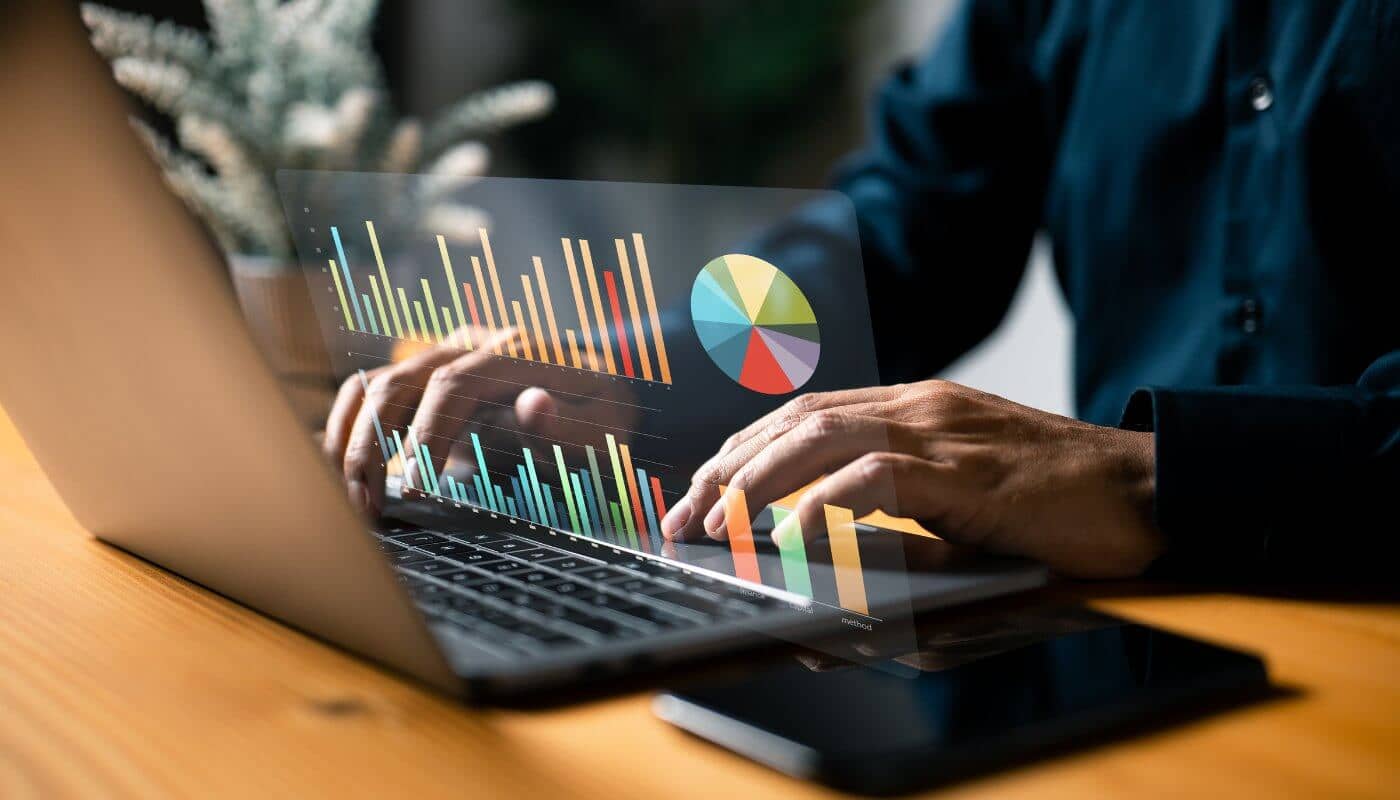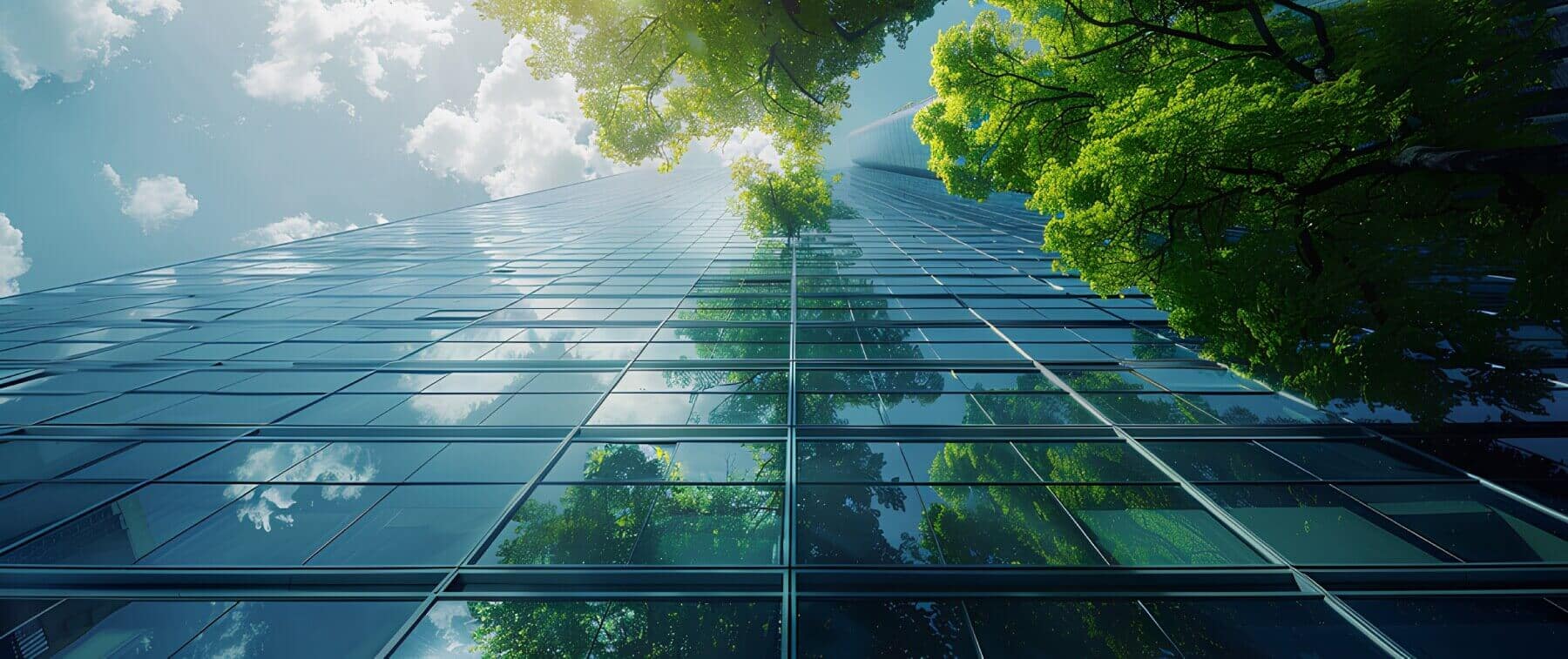In the contemporary business landscape, sustainability is not merely a buzzword but a cardinal cornerstone around which modern enterprises are being built. The escalating exigency of environmental responsibility has brought the concept of Circular Economy (CE) into the spotlight. Much like the silos that once hindered the free flow of knowledge within organizations, the traditional linear economy — take, make, dispose — ensnares resources in a one-way journey, leading to their eventual obsolescence. The Circular Economy, however, aspires to redefine this journey, aiming for a circular voyage where resources are reused, recycled, and retained within the economic ecosystem.
The Linear Impasse
Let's climb into the crux of the traditional linear model—it operates on the principle of single-use, leading to the exhaustion of resources, and consequentially, environmental degradation. The narrative of plastic pollution is a glaring example of this model's pitfalls. The repercussions are not merely environmental but reverberate through the business value chain, manifesting as resource scarcity, regulatory repercussions, and a tarnished brand image.
The Circular Economy Odyssey
The Circular Economy beckons a paradigm shift—from a linear to a circular model, mirroring nature's own perpetual cycle of regeneration. It's about designing products for longevity, fostering reuse, and channeling waste back as a resource. The spotlight isn't solely on recycling but on a holistic model that starts right from sustainable design and extends to responsible consumption and recycling.
In the modern business arena, where the cries for sustainability are resonating louder than ever, enterprises stand at the juncture of innovation and responsibility. The escalating crisis of plastic pollution has ignited a global discourse, bringing the paradigm of the Circular Economy (CE) to the forefront. The essence of CE is a revolutionary yet straightforward notion: re-engineering how we design, utilize, recycle and repurpose materials to disentangle economic ascension from environmental detriment.
We explore this with a deep dive into the torrent of challenges in the Consumer Packaged Goods (CPG) sector that have catapulted CE into the limelight, scrutinizing its potential to metamorphose industries. We untangle the intricate narrative enveloping plastics, glass, and aluminum packaging, illuminating how enterprises are embracing the Circular Economy model to synchronize with burgeoning Environmental, Social, and Governance (ESG) objectives.
1. The Plastic Conundrum: The ubiquitous presence of plastic in our lives epitomizes the quintessence of a linear economy. The environmental toll of plastic waste is a clarion call for transitioning towards circular practices. Delving into the crux of the matter, the potential solutions hinge on rethinking design, enhancing recyclability, ensuring recycling and fostering a culture of reuse.
2. The Glass and Aluminum Narrative: As alternatives to plastic, glass and aluminum present their own set of environmental impacts and opportunities. Comparing the life cycle assessments, recyclability, and the environmental footprint of these materials elucidates a nuanced perspective on sustainable packaging solutions.
3. The Circular Economy Spectrum: CE is not a one-size-fits-all model but a spectrum of practices fostering resource efficiency and waste minimization. From material innovation to designing for recyclability, the Circular Economy model provides a blueprint for sustainable transformation across the value chain.
The Generative AI Compass in Circular Economy Voyage
Much like AI's transformative role in Knowledge Management, Generative AI holds the promise of being a compass in the Circular Economy voyage. It amplifies our capacity to analyze the lifecycle of products, optimize designs for sustainability, and foster intelligent resource management.
- Automated Lifecycle Analysis: Generative AI can automate the analysis of a product's lifecycle, ensuring the incorporation of sustainable practices right from the design stage.
- Smart Resource Optimization: By analyzing patterns and predicting resource requirements, AI aids in minimizing waste and optimizing resource utilization, a linchpin in achieving circularity.
- Real-time Insights: AI's prowess in real-time data analysis can provide invaluable insights into waste management, enabling timely interventions to channel waste back into the production cycle.
A Glimpse into the Future: Unveiling Our New Circular Economy Framework
The excitement is palpable as we stand on the brink of unveiling our innovative Circular Economy Framework. By seamlessly integrating Generative AI, our framework aims to guide enterprises on the path of sustainability, ensuring that every resource's voyage doesn't end in oblivion but continues in a circular loop.
Conclusion
The Circular Economy isn't a fleeting trend but a business imperative. As we sail towards a sustainable future, the synergy between Generative AI and Circular Economy holds the promise of not only mitigating environmental impact but also fostering a culture of innovation and responsibility. The voyage beckons a reimagined business ethos, one where sustainability and profitability sail together towards the horizon of success.
To every enterprise poised on the cusp of this transformation: the horizon is green, and the winds of change are favorable. Let's set sail towards a sustainable, circular, and prosperous future, charting a course through the uncharted waters with the compass of Circular Economy and Generative AI.
Talk to One of Our Experts
Get in touch today to find out about how Evalueserve can help you improve your processes, making you better, faster and more efficient.


